12 Realities That Are Reducing Innovation In Schools
Public education isn’t naturally built for innovation. Here are some of the barriers that are reducing innovation in schools.
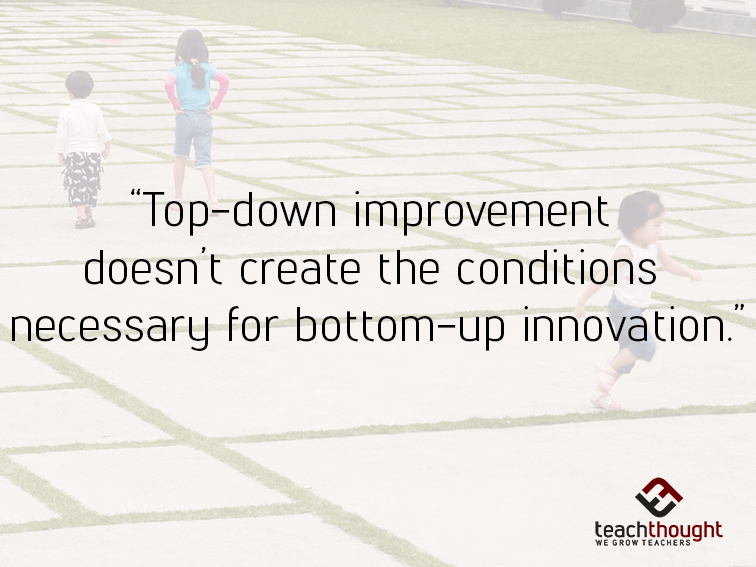
Public education isn’t naturally built for innovation. Here are some of the barriers that are reducing innovation in schools.
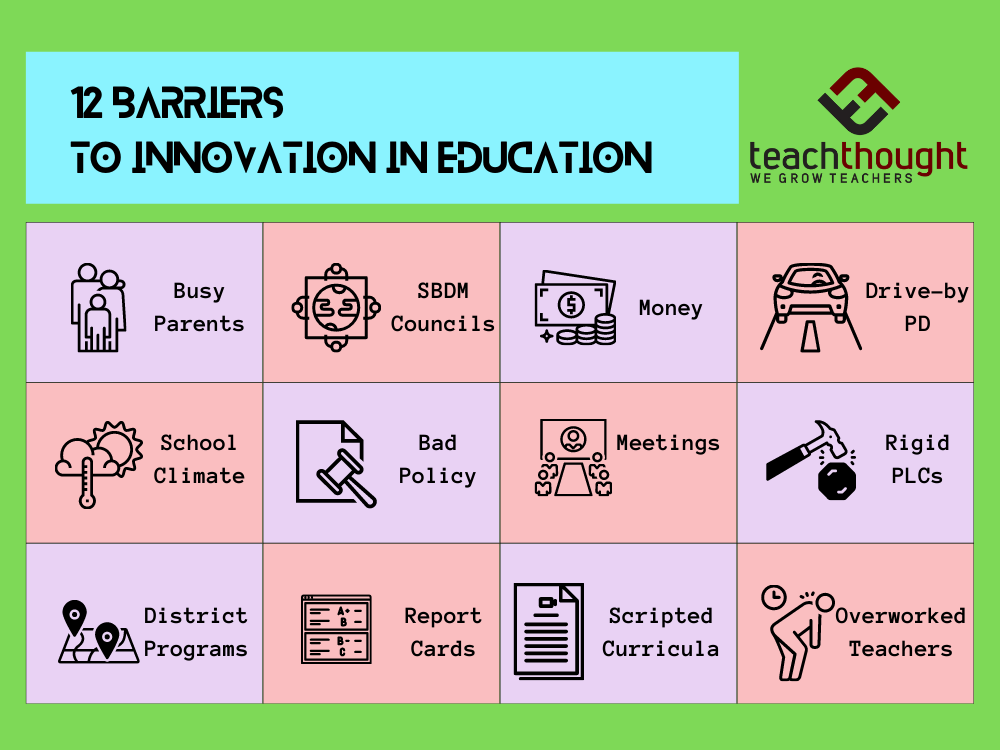
While funding one of several barriers to innovation in education, failures of communication and imagination might be more significant.
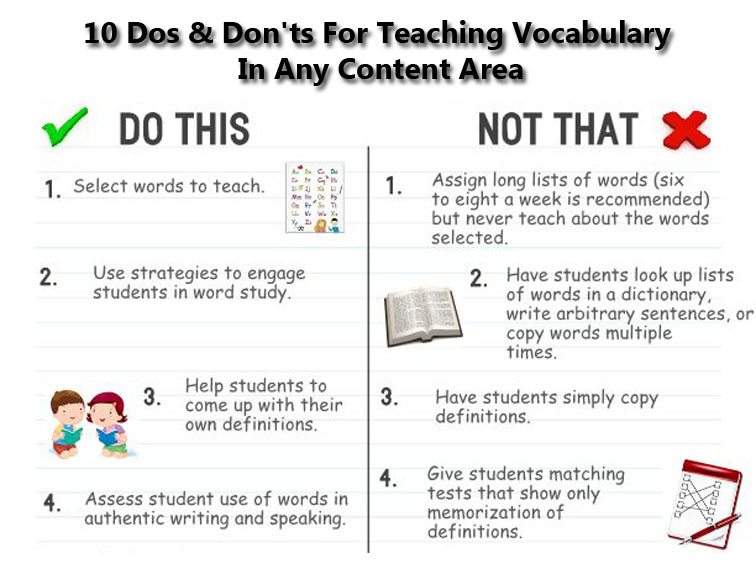
Teach students morphological strategies to figure out words they do not know, in addition to context-clue strategies.

Sketchnotes, graphic organizers, visualizing data, and art are just a few strategies to make learning visual in your classroom.
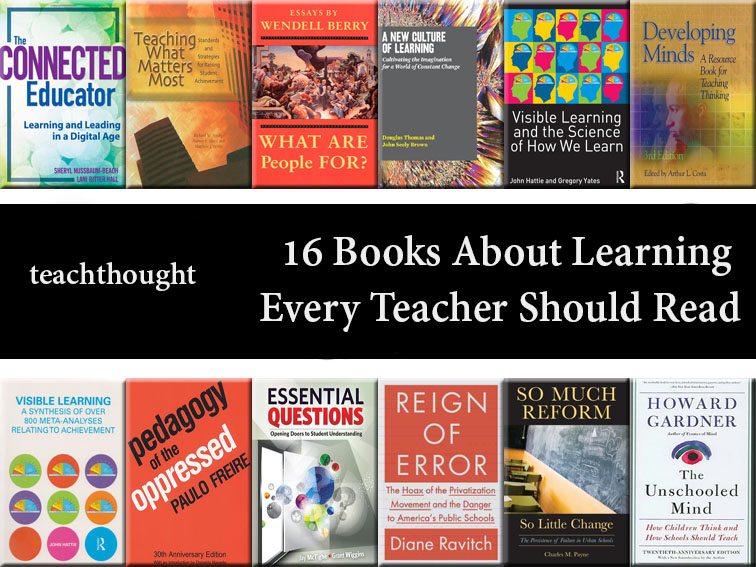
These books about learning present t a well-rounded look at learning and education, rather than strictly pedagogy or ed-reformy perspectives.
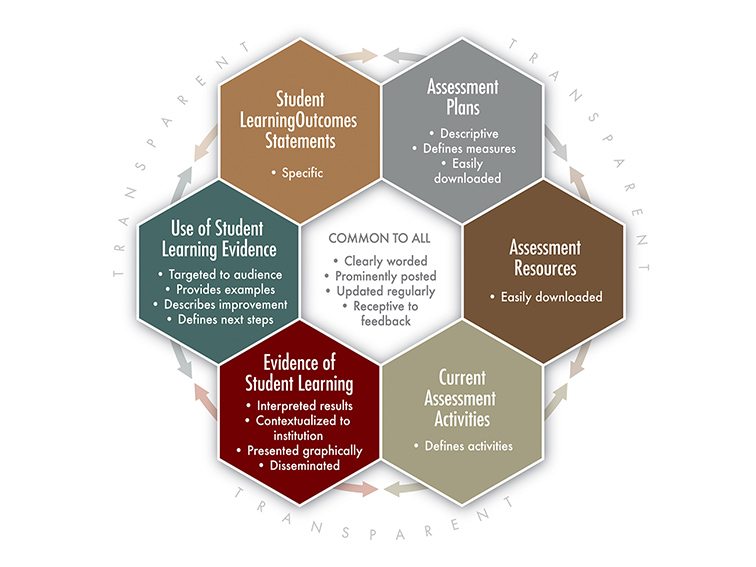
The most significant benefit of transparency in education is the ability to see ‘what’s happening’ in the classroom and respond accordingly.
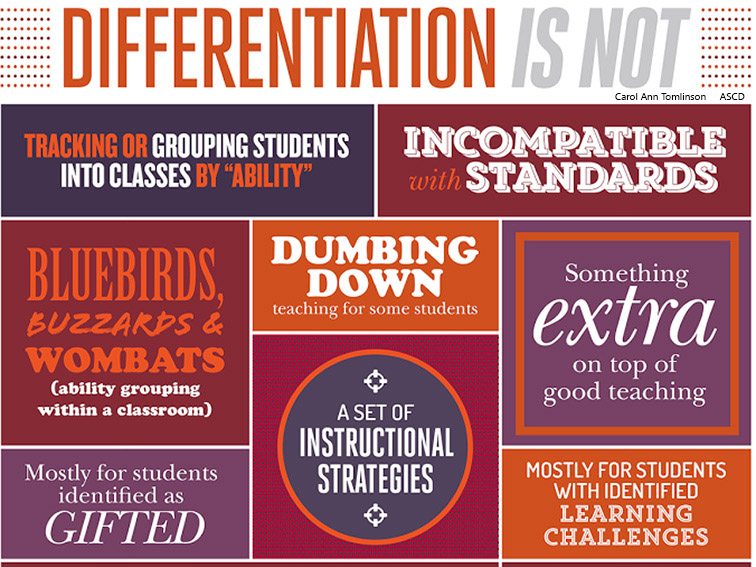
Differentiation means adapting content, process, or product according to a student’s readiness, interest, and learning profile.
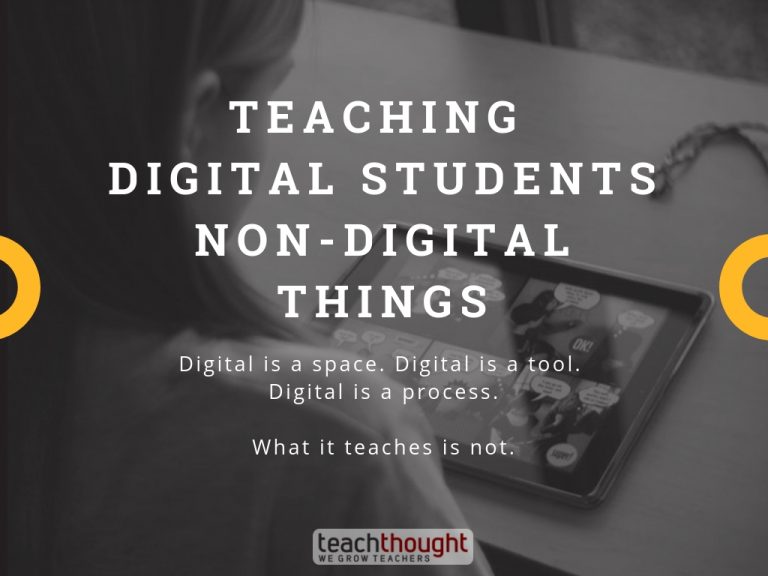
How can you teach digital students non-digital things? 21st century reading & thinking is linked in a web of physical & digital media.
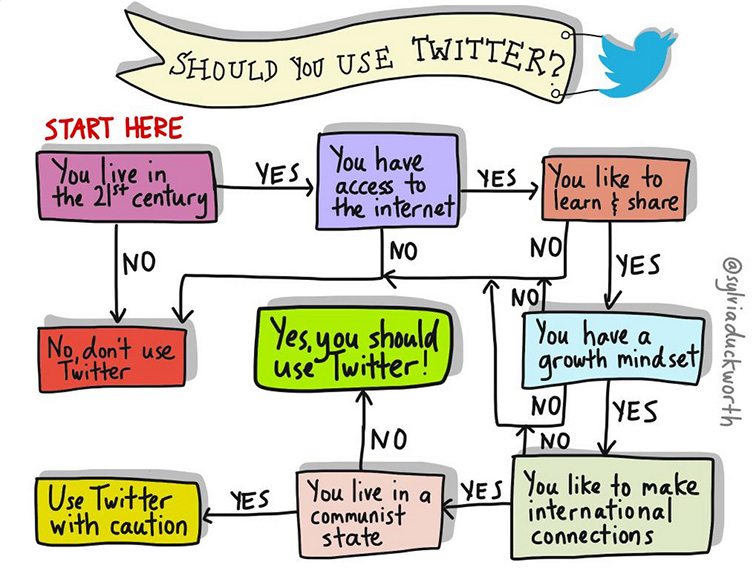
Rather than allow one genre to dominate the list, we chose to collect a diverse range of 50 of the best education accounts on Twitter.
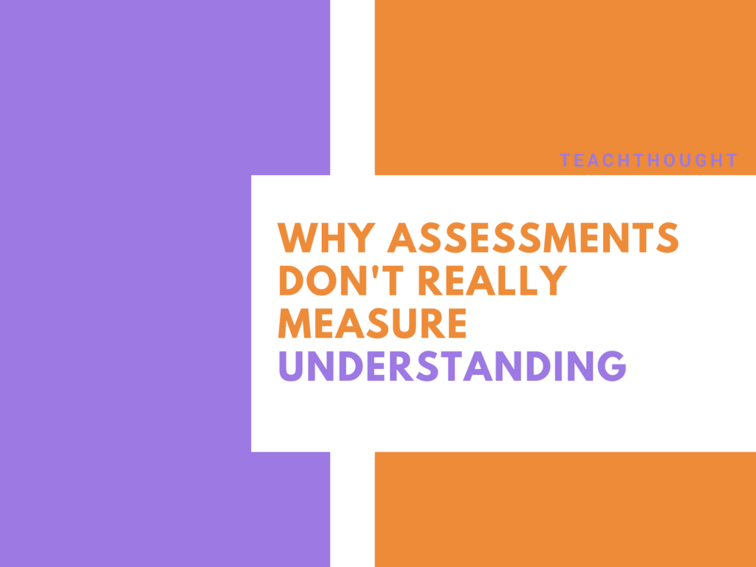
If you can show all assessment results, learners may realize that understanding is evasive, evolving, and as dynamic as their imaginations.
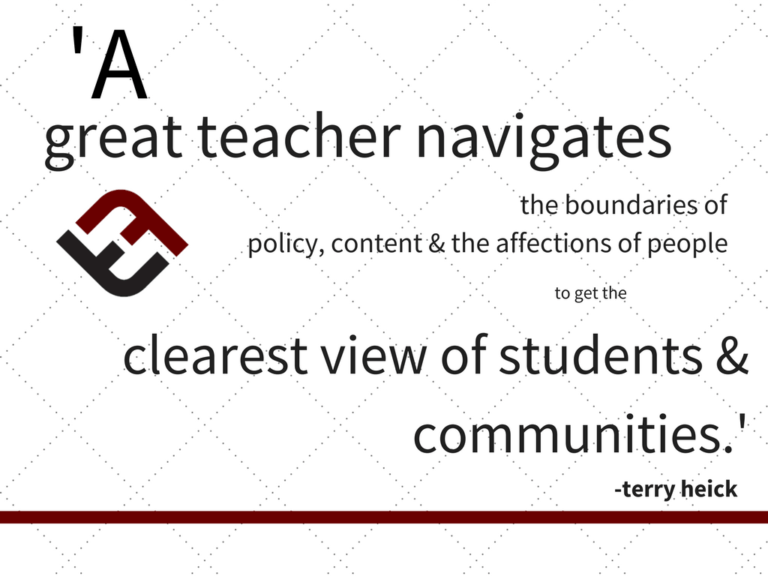
A great teacher navigates boundaries of policy, content, and the affections of people and communities to get the clearest view of students.
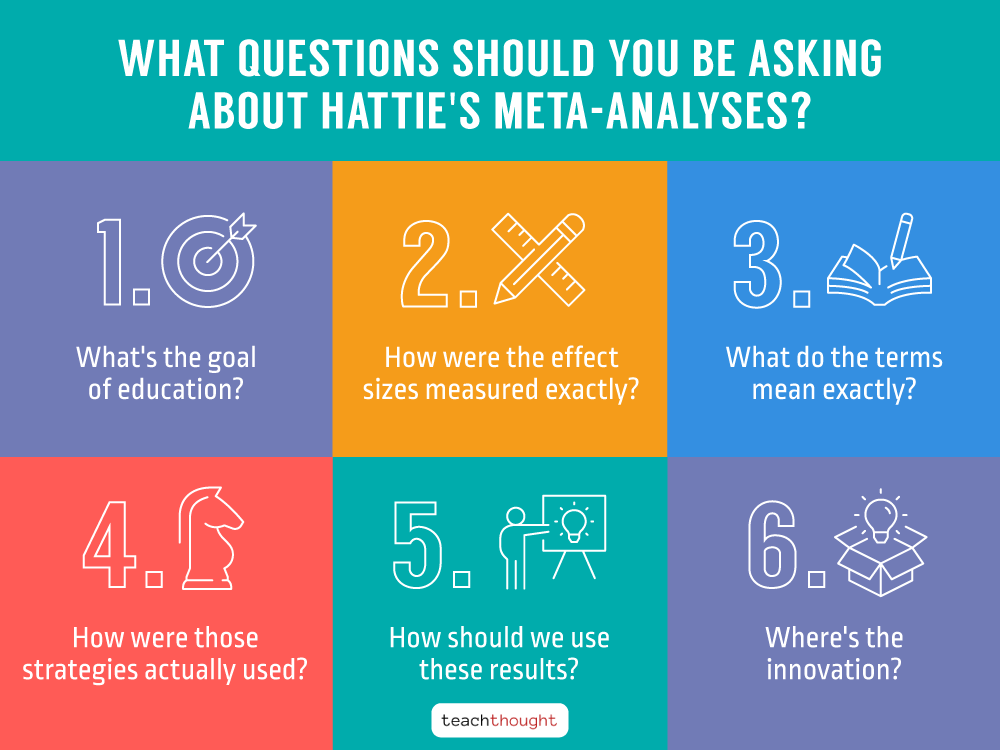
What if a teaching strategy improves test scores but stifles creativity and ambition? Is that still a ‘win’?